 When we think about healing, many of us focus only on our physical bodies. In reality, there is a great deal of research showing our minds lead the way for our bodies. What we think drives what we do, how we behave, and how we interact. Our thoughts even affect our cellular structure. Scientists used to believe that the body was made up of only physical matter; it functioned in specific ways and was only affected by other matter such as chemical responses (medications), surgery, and other physical modalities. Now we know the body is more than matter—it’s energy, and can be affected by many things, particularly the mind.
When we think about healing, many of us focus only on our physical bodies. In reality, there is a great deal of research showing our minds lead the way for our bodies. What we think drives what we do, how we behave, and how we interact. Our thoughts even affect our cellular structure. Scientists used to believe that the body was made up of only physical matter; it functioned in specific ways and was only affected by other matter such as chemical responses (medications), surgery, and other physical modalities. Now we know the body is more than matter—it’s energy, and can be affected by many things, particularly the mind.
In his book, The Biology of Belief, Bruce Lipton writes, “Thoughts, the mind’s energy, directly influence how the physical brain controls the body’s physiology. Thought ‘energy’ can activate or inhibit the cell’s function…” In other words, thoughts can control the health of both the mind and the body. Using the mind to help handle drama, trauma, and stress is the key to emotional wellness. Here are some useful tools to help your children’s/students’ minds cope with life.
Mindfulness
As summer arrives, it’s a great time to create new health habits with our kids. Mindfulness is a great habit that will support our emotional and mental health (for life). Mindfulness is about being fully aware of what is happening in the present moment, both internally and externally. It’s a conscious decision to pay attention to your body, mind, emotions, and external circumstances, and to do so from a nonjudgmental place—a place of noticing and letting go of anything that doesn’t serve you. This may sound challenging, and it can be at times, but the more you practice the easier it gets. For kids, the earlier they learn these habits, the greater the impact.
According to research on mindfulness with adults and with children, mindfulness improves immune function (fewer illnesses), increases concentration, and decreases stress. There is a long list of positive effects on children who practice mindfulness.
Many who teach mindfulness advocate that it begins with paying attention to your breath. In calm moments, or in times of distress, bring your attention back to your breath, and practice long, slow, mindful breathing. This is key to embracing the moment and restoring or strengthening calm in your brain and body. In her book, Rising Strong, Brené Brown writes about her “calm practice” in which “breathing is central to practicing mindful- ness.” You can try it by sitting quietly and gently paying attention to your breath, counting slowly as you breathe in and out. The goal is breathing into a count of about 3-5 and breathe out with a longer exhale. The longer exhale triggers your nervous system to relax physically as well as mentally. You may have to work at going this slow, but just try it at your own pace and work at moving to a slower, deeper breath. Then practice at other times too, in your car, waiting in a doctor’s office, or watching TV. The more you experiment and work at it, the more prepared you’ll be when you really need it to calm yourself in stressful situations!
Practicing Mindfulness with Kids and Teens
Practicing mindfulness with kids can begin during the early weeks of a pregnancy, which is an important time of brain growth. Sitting quietly for a time each day, perhaps reading or listening to music, can program your unborn baby’s biology, and reduce susceptibility to emotional problems early in life. With newborns, take time to just sit and rock, sing, read, and enjoy your baby. Be very present and not distracted by other things around you. As your babies grow into children, continue with quiet times—no phone, no TV, no distractions, just you and your children experiencing and talking about life.
You may need to be creative to help your growing child with mindfulness. Here are some ideas:
- Sit together and have a snack. Talk about the snack and its characteristics, your favorite flavor, its texture, its temperature. Really noticing what you’re eating helps you be in the moment instead of worrying about anything else. To be playful, make funny faces to show your opinion of a food, or come up with creative ideas for weird meals.
- Do a puzzle together.
- Go for a walk and talk about the trees, birds, bugs, or grass.
- Read a book together. Talk about the book and what you both thought about the story and characters.
- Ask your child about the weather inside their hearts—sunny, cloudy, bright, rainy, or stormy. Be curious about their day and its highs and lows.
- Write your Imagine stories together.
- Play a game, anything from peek-a-boo and hide-and-go-seek to card games or board games.
- Cook together.
- Chase bubbles.
- Look at the clouds and find formations in them.
- Pick a country on the world map and research it.
- Draw, color, create together.
- Tell a story at bedtime, real or fictional.
Any one of these activities needs to be your full focus for at least 15 minutes, even longer can be better; no distractions, just one-on-one attention while you are being mindful of the present moment. The above suggestions are forms of mindfulness you can do together. What a great way to do something together that is peaceful and helpful.
Happy Imagining!
Dianne is the founder and CEO of The Imagine Project, Inc., a nonprofit organization that helps children K-12 (and adults) process and heal from difficult life circumstances through expressive writing. Dianne has her Masters in Psychiatric/Mental Health Nursing, is a thought leader in stress and trauma in children, has written multiple award winning books including The Imagine Project: Empowering Kids to Rise Above Drama, Trauma, and Stress. She is an international speaker, lives in Colorado and has 3 grown children. Learn more about The Imagine Project at www.theimagineproject.org.

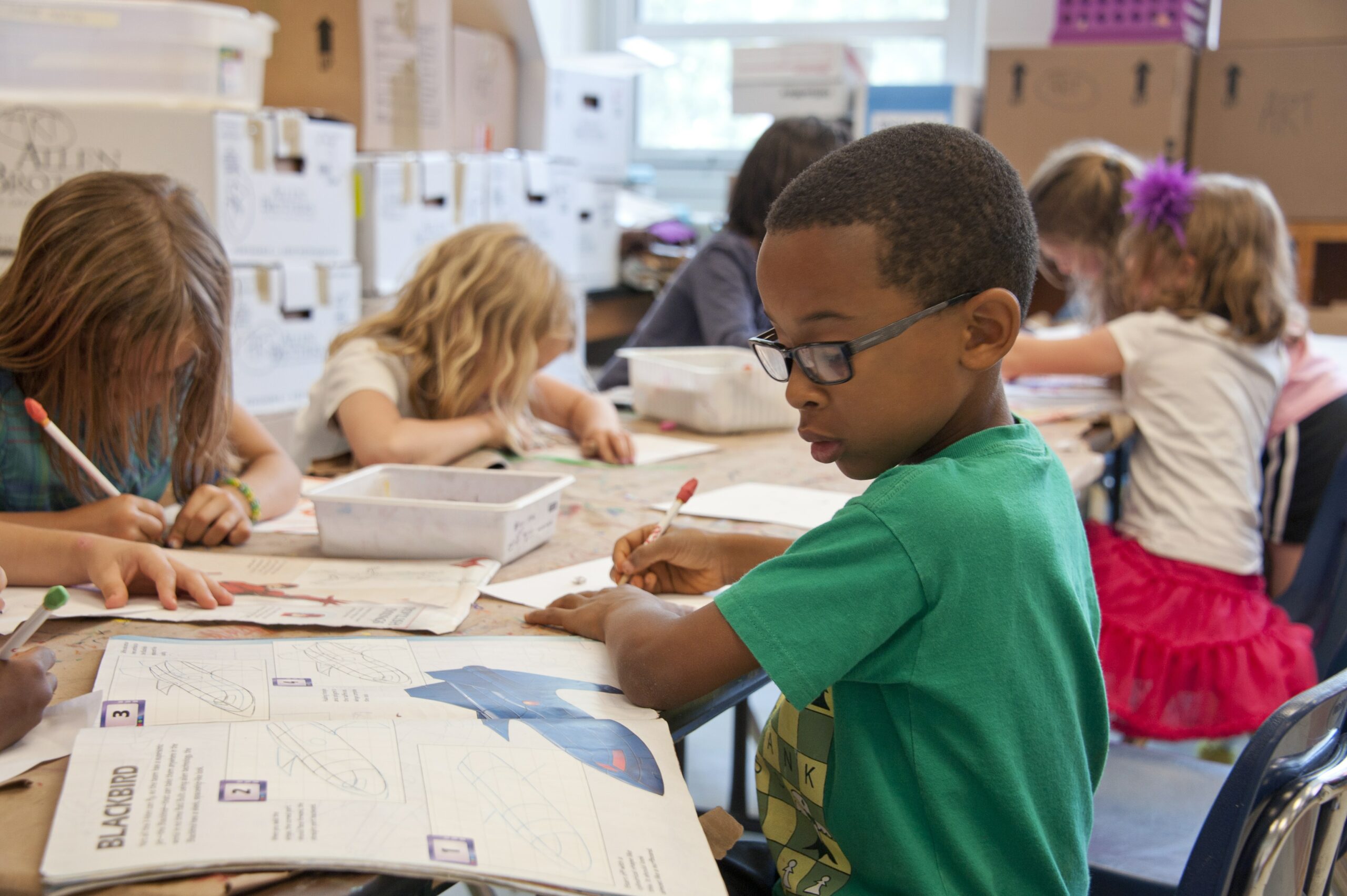 Every teacher wants their students to feel emotionally supported in their classroom–when a child feels emotionally stable, they can take in and learn information.
Every teacher wants their students to feel emotionally supported in their classroom–when a child feels emotionally stable, they can take in and learn information. 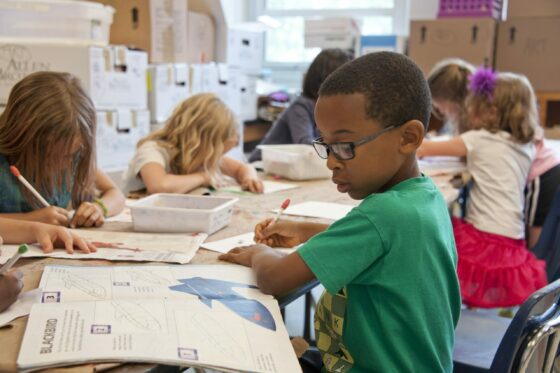 It’s back to school time again and most educators are acutely aware of the potential social emotional needs of students. Last school year was a challenging year for many teachers. Anxiety, social insecurities, inability to focus, distractions coming from many angles were worse than prepandenmic times. How can teachers give students the opportunity to stay present, grounded, feel accepted, and focus on learning? One simple and free way is by using
It’s back to school time again and most educators are acutely aware of the potential social emotional needs of students. Last school year was a challenging year for many teachers. Anxiety, social insecurities, inability to focus, distractions coming from many angles were worse than prepandenmic times. How can teachers give students the opportunity to stay present, grounded, feel accepted, and focus on learning? One simple and free way is by using 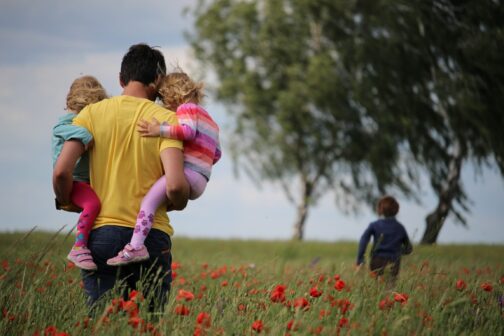
 Is Your Child Stressed?
Is Your Child Stressed?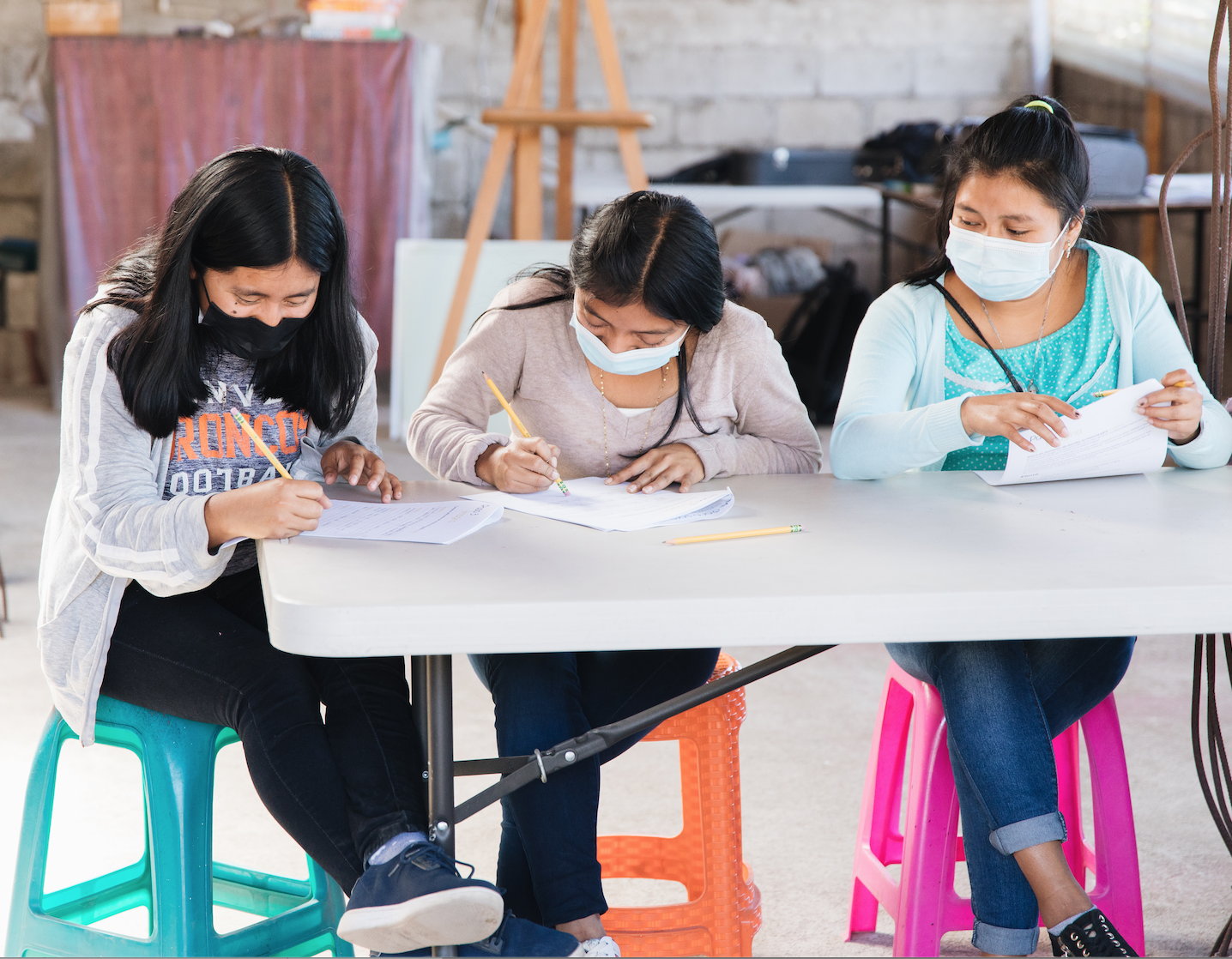 Mental health means having emotional, psychological, and social well-being; when we think, act, and feel from a balanced perspective the majority of the time. Having a balanced and grounded perspective helps us make healthy choices, be kind, express emotion, accept help when we need it, handle stress effectively, feel empathy, laugh, feel joy, and relate to others easily. This are true in every stage of life. As young children grow they develop these skills, and we even continue to develop them throughout adulthood.
Mental health means having emotional, psychological, and social well-being; when we think, act, and feel from a balanced perspective the majority of the time. Having a balanced and grounded perspective helps us make healthy choices, be kind, express emotion, accept help when we need it, handle stress effectively, feel empathy, laugh, feel joy, and relate to others easily. This are true in every stage of life. As young children grow they develop these skills, and we even continue to develop them throughout adulthood. Most adults and children feel anxiety at some point in their lives. Unfortunately, the incidence of anxiety has increased over the last decade, and dramatically increased since the pandemic began. Anxiety is evoked by a change in life’s normal patterns or new unexpected events, challenging experiences, watching social media, even pressure from work, school, parents, friends, and family. Children may feel more anxiety because of changes in classrooms, life’s developmental challenges, feeling left out, too much pressure from family or school, and/or confusion about how life is supposed to work as they watch social media and new experiences of life unfold around them.
Most adults and children feel anxiety at some point in their lives. Unfortunately, the incidence of anxiety has increased over the last decade, and dramatically increased since the pandemic began. Anxiety is evoked by a change in life’s normal patterns or new unexpected events, challenging experiences, watching social media, even pressure from work, school, parents, friends, and family. Children may feel more anxiety because of changes in classrooms, life’s developmental challenges, feeling left out, too much pressure from family or school, and/or confusion about how life is supposed to work as they watch social media and new experiences of life unfold around them.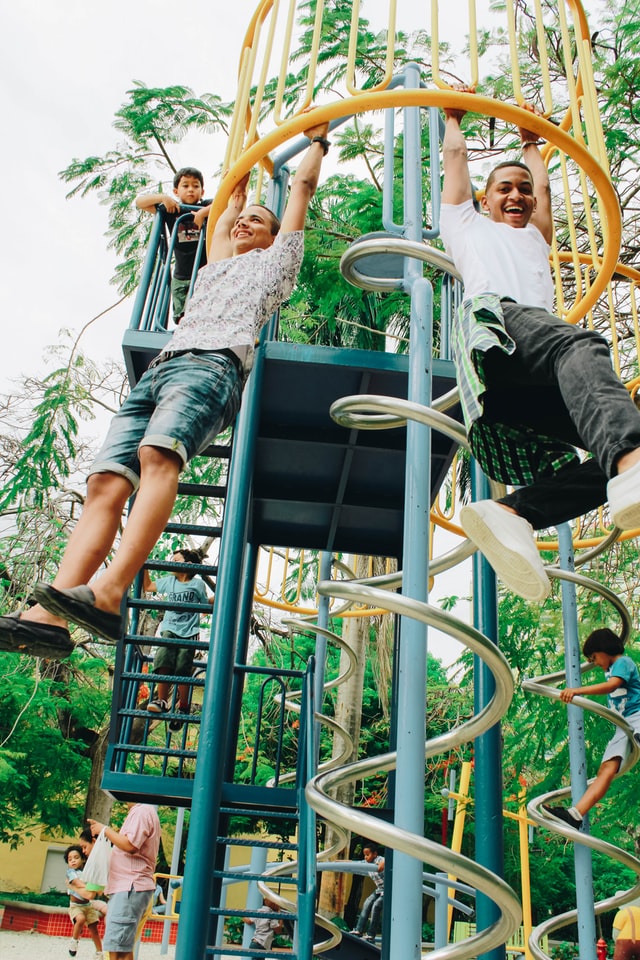 I was recently sitting and talking with a dear friend who has successfully beat cancer. As we talked she shared that she was beginning to realize her cancer diagnosis was fueled by childhood and current chronic stress. As a young girl she was pushed hard to be perfect, basically keeping the peace in the family through her successes. A heavy toll to carry for a 7-year-old. She continued in adulthood to care for others more than she cared for herself. She ate well, exercised, worked hard and is very successful, and she has a deep faith—but it’s her emotional health she tended to neglect—something she learned as a child.
I was recently sitting and talking with a dear friend who has successfully beat cancer. As we talked she shared that she was beginning to realize her cancer diagnosis was fueled by childhood and current chronic stress. As a young girl she was pushed hard to be perfect, basically keeping the peace in the family through her successes. A heavy toll to carry for a 7-year-old. She continued in adulthood to care for others more than she cared for herself. She ate well, exercised, worked hard and is very successful, and she has a deep faith—but it’s her emotional health she tended to neglect—something she learned as a child.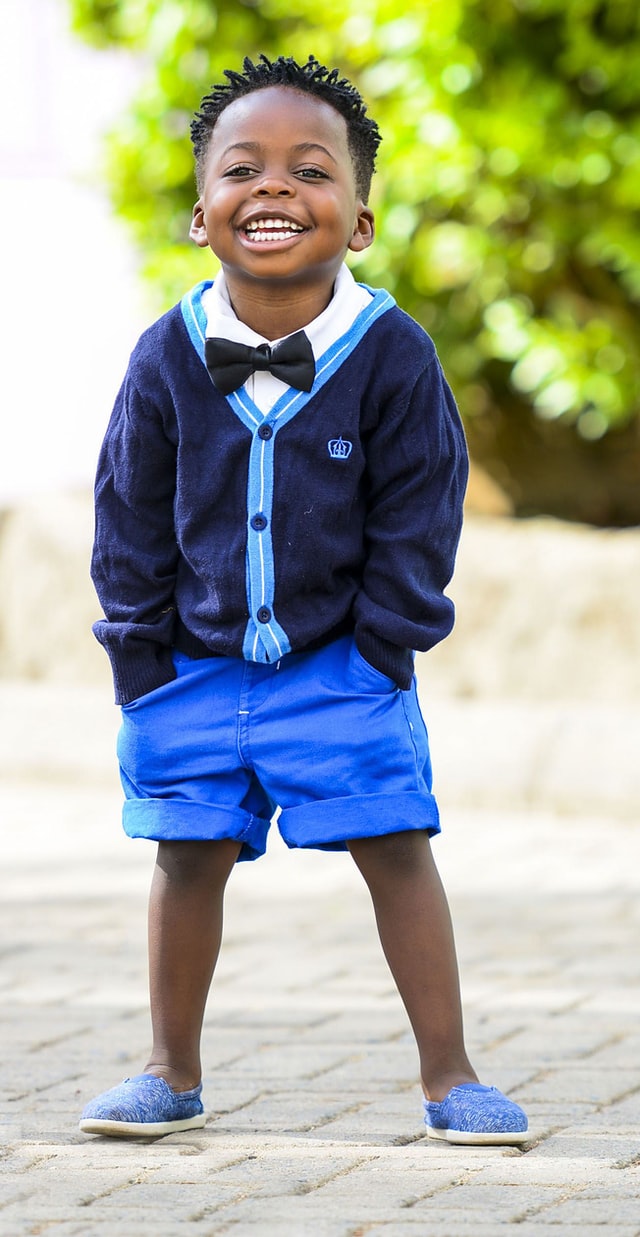
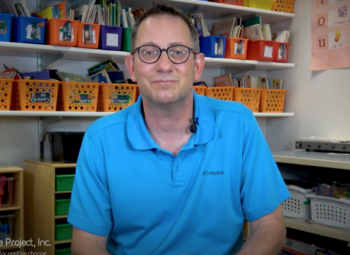 It’s back to school time 2021 style and it’s just plain stressful for students, teachers, parents, and admin. The reasons are obvious and endless. I feel for all of those dealing with these unique and yet common stressors in schools.
It’s back to school time 2021 style and it’s just plain stressful for students, teachers, parents, and admin. The reasons are obvious and endless. I feel for all of those dealing with these unique and yet common stressors in schools.